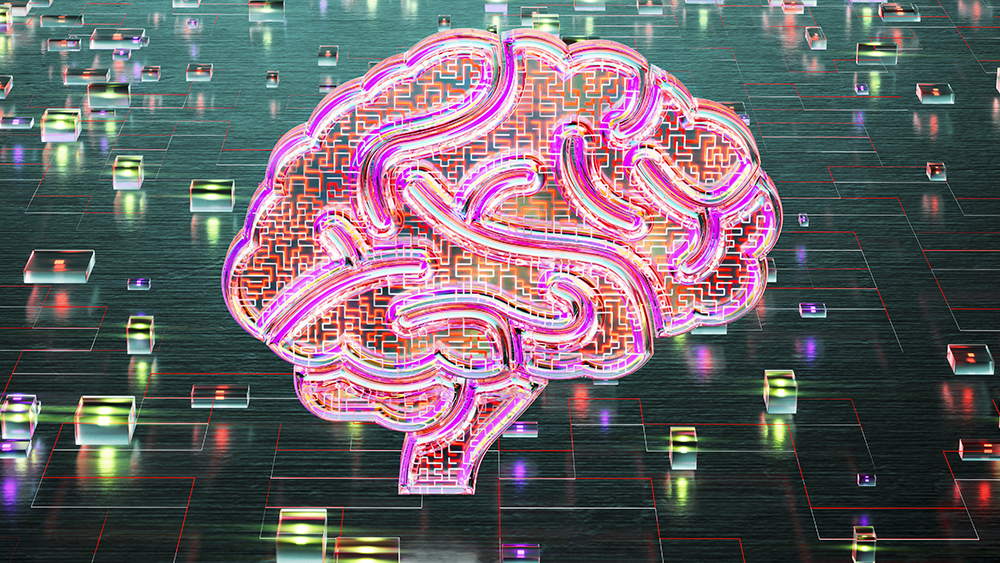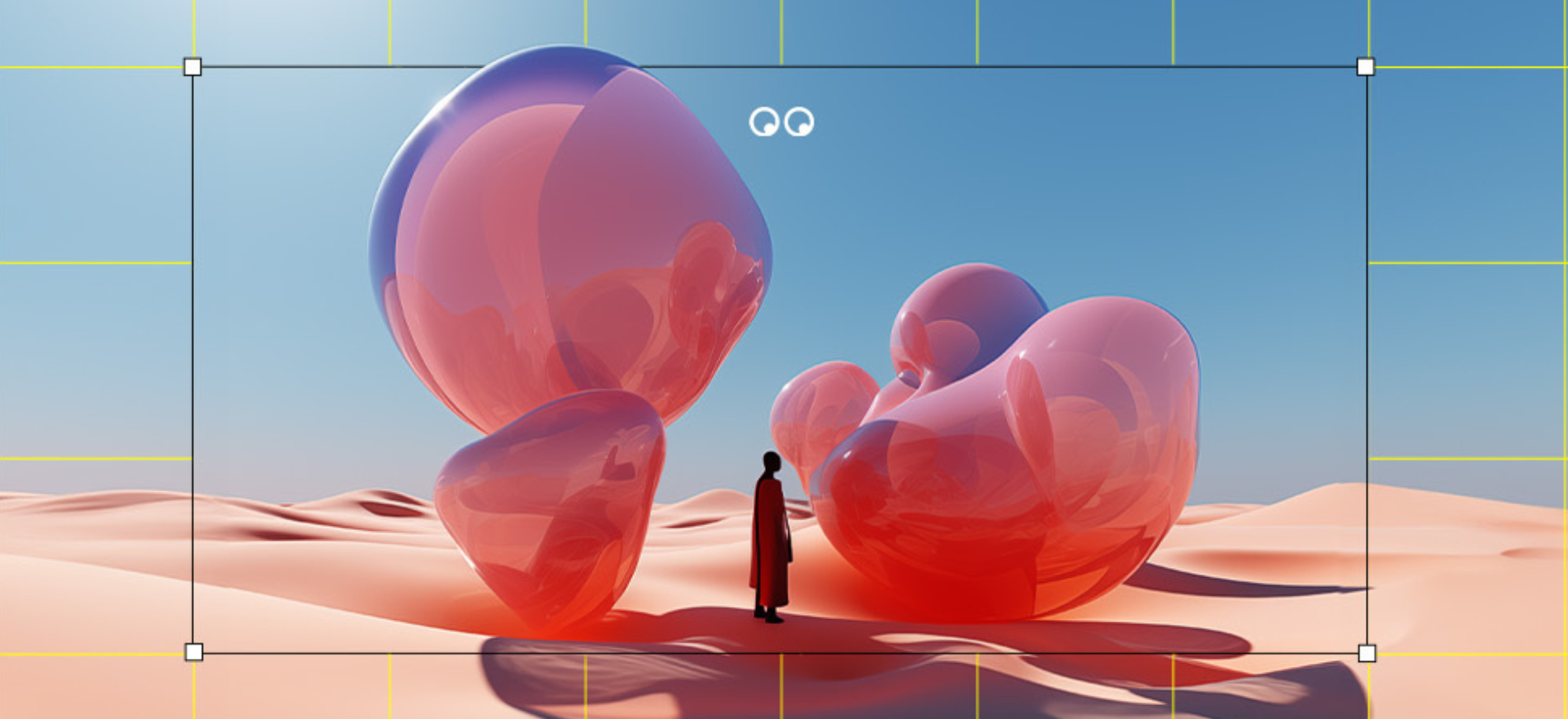
For many creatives, AI has evolved from a fear striking buzzword to steadfast companion. It’s now a tool that is seamlessly and regularly applied to the whole of the creative process: from ideation, through strategy and production, to execution.
Creators got there even faster than we did. As a sector with high levels of content output, and young tech savvy audiences, the creator economy has been leading generative AI adoption. Its ability to streamline production and enhance outputs makes it a necessity for industry professionals — if you aren’t using it, your competitors are. And they’re gaining valuable learnings from it to steal a march.
This is certainly born out in the results of our own independent research of over 6,000 creators, consumers and marketers across the US and UK. Almost every creator (91%) is now regularly using generative AI for content creation. Meanwhile, a similar proportion of marketers have now commissioned creator content designed using various AI technology.
It’s clear AI isn’t a trend, it's the new norm — and its influence on the creator economy is only going to grow from here.
How is generative AI influencing the creator economy now?

The disruptive influence of generative AI is overwhelmingly embraced as a positive. Three quarters of marketers (75%) and two thirds of creators (69%) agree. And, although there was a drop off in consensus among consumers, the findings nevertheless reveal that there are twice as many who agree (34%) than disagree (18%).
The encouraging signs are prompted by a belief that generative AI will deliver more diverse and better creative assets, with 35% of consumers agreeing and only 19% disagreeing. This is translating into real world impact. Four in five creators now say they are experiencing more favourable engagement from audiences on their content designed using generative AI than their traditional content.
Our own exploration of this has confirmed creators’ convictions. Across three generative AI creator campaigns, we recorded consumer engagement between two to five times higher than the benchmark.
What’s driving the net positive response?
The disruptive influence of generative AI is overwhelmingly embraced as a positive. Three quarters of marketers (75%) and two thirds of creators (69%) agree. And, although there was a drop off in consensus among consumers, the findings nevertheless reveal that there are twice as many who agree (34%) than disagree (18%).
The encouraging signs are prompted by a belief that generative AI will deliver more diverse and better creative assets, with 35% of consumers agreeing and only 19% disagreeing. This is translating into real world impact. Four in five creators now say they are experiencing more favourable engagement from audiences on their content designed using generative AI than their traditional content.
Our own exploration of this has confirmed creators’ convictions. Across three generative AI creator campaigns, we recorded consumer engagement between two to five times higher than the benchmark.

Generative AI content cuts through cluttered feeds, delivering content that pushes beyond the limits of a tangible, human world. With limitless outputs, its potential for creativity is as vast as it is diverse.
It’s helping brands and creators combat a growing issue of creator fatigue. Brands need more assets as trend cycles shorten and consumers spend more time online. Creators and agencies skilled in AI can help brands scale their efforts without having to increase brand investment or creator workload substantially.
Generative AI’s ability to convey the intangible beyond the realms of the human world also enables brands to express their identities in new ways that traditional creator content can’t. In particular, we’ve found the technology can showcase the breadth of a brand outside of its literal features and services, which is an especially useful characteristic for brands whose products are intangible or conceptual — such as fragrances.
Some may argue that the success that we’ve seen is simply a symptom of generative AI’s ‘newness’. However, there are reassuring indications that the technology can deliver sustainable high performance over the much longer term. Not least because the tools are constantly improving, but also because new tools are constantly being developed and adoption rates are increasing.
Across all of the tools we surveyed creators on, most were using at least one, and many were using several. Perhaps unsurprisingly, tools like Chat GPT (46%) and Google AI (39%) were the most popular - presumably for creative inspiration and streamlining mundane processes like script and caption writing.
More interestingly though are the one in three creators using Photoshop’s Generative Fill (33%) and Adobe Premiere Pro (31%), and the one in five using Dall-E (21%), MidJourney (20%), Descript (20%) and Runway ML (18%). These are the creators who are really moving the dial on creativity, pushing the boundaries of what’s possible with the technology and exploring new iterations of their creative vision.
The quality and diversity of creative assets is thriving, but equally important, generative AI is creating a highly accessible entry point into content creation. It’s blowing open doors that might have been firmly shut for many aspiring creators — especially those who are camera shy — to enter the market, and gain influence.
There is a new generation of content creators who are just starting to make waves, and we anticipate they’ll only grow from here.
What’s the catch?
Although consumers are more likely to agree that generative AI will improve the quality and diversity of creator assets than don't, consumers share an even stronger conviction that generative AI will increase the number of creators and the amount of content produced, revealing concerns that the technology could flood the market.
The market needs to be wary of over-indexing on quantity over quality. There is clear skepticism that the technology could open the floodgates to more creators producing greater volumes of content at ever faster rates.
While creators also recognise this as a benefit - with 82% agreeing that generative AI will accelerate content creation processes and 79% believing it will alleviate their workload - they must be cautious of not over-saturating the market with generative AI content or producing sub-standard work in the name of ‘innovation’.
How generative AI will shake up the future creator economy
Our experience dictates, however, that these perceived limitations around generative AI is a reflection of how the tools are used rather than their inherent constraints. In short, now that we’re emerging from the early adoption phase, expectations are higher for generative AI creator content and that means that creators and brands must be smart with how they use the technology. Simply plugging in rudimentary prompts yields dull outputs. A more nuanced approach is needed to drive the technology to generate vibrant content.
We see that when it is used strategically and intentionally - and not simply for the sake of being on trend - then it delivers great results and can contribute to a more diverse, inclusive and equitable creator economy, with 65% of markers willing to pay more for skilled creator content designed using generative AI.
If creators can deliver on this promise, there are rewarding outcomes and a vibrant future for the sector. Almost three in four (70%) marketers plan to increase marketing spend on creator content using generative AI in the next 12 months, with 65% planning on diverting budget away from other marketing channels.
It’s an exciting time for the technology and the industry. More investment will only accelerate the improvement in the quality and diversity of the creative output, with consumers benefiting too.
It means the dynamic has now shifted from who can do it first, to who can do it best. Leader brands will be those that invest in refining their generative AI content,ensuring it aligns with brand identity, resonates with their audience and adds genuine value to consumers.







